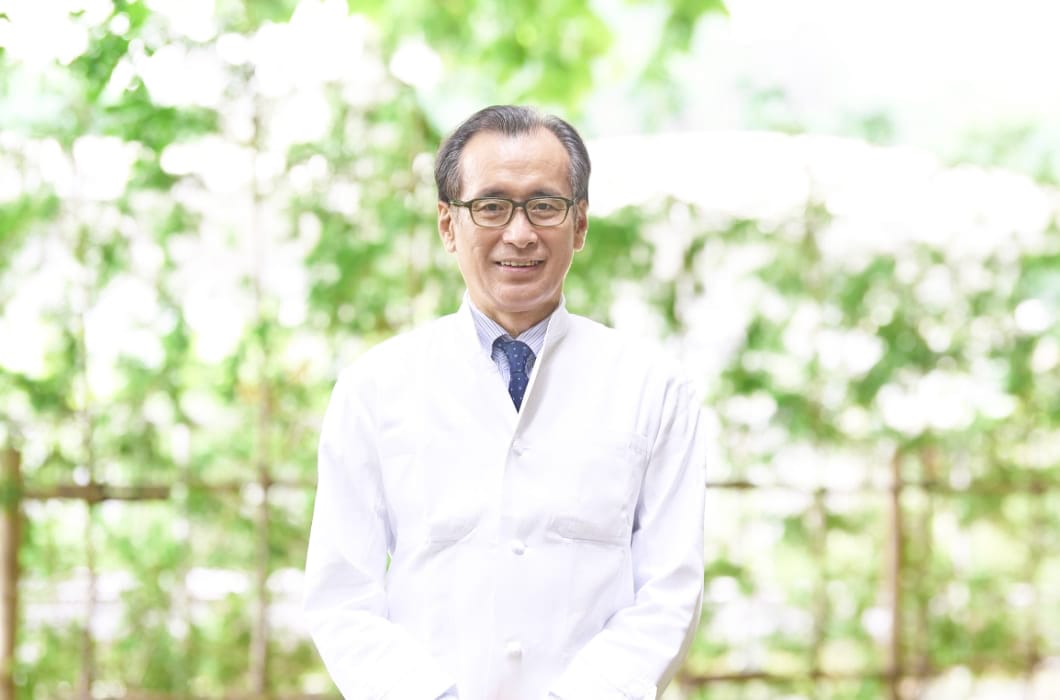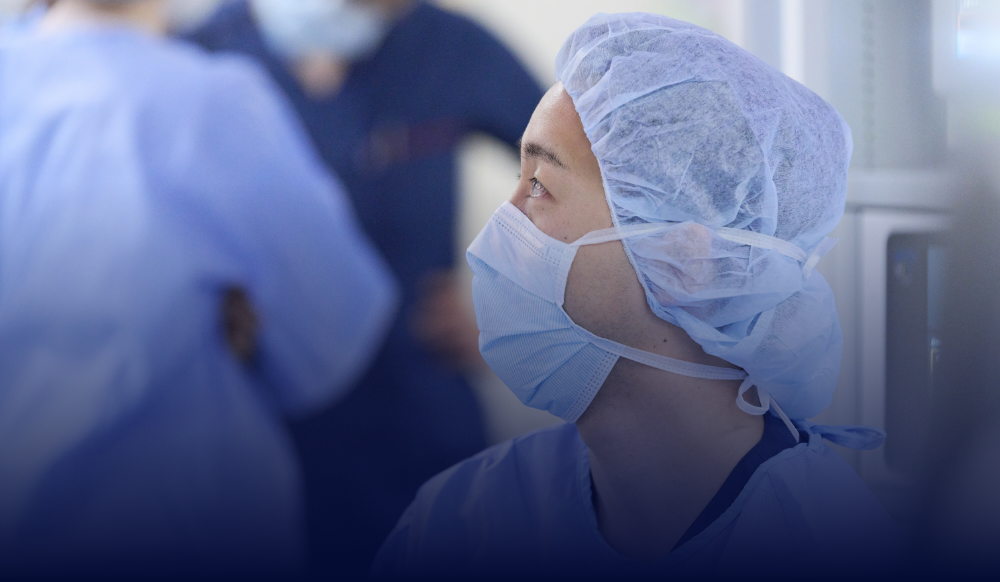
Hospital information

Greeting
The Upper Gastrointestinal Group was previously divided into the Esophageal Group and the Gastric Group, each of which has developed high-level treatment and research activities and has produced many excellent surgeons with various achievements both at home and abroad. The two groups were merged in 2007 to form the Upper Gastrointestinal Group. The esophagus and stomach are adjacent organs, and an understanding of their interaction is essential in the diagnosis and treatment of many diseases such as esophageal cancer, gastric cancer, and gastroesophageal reflux disease. In recent years, the number of cancers of the esophagogastric junction has also increased due to the westernization of eating habits. Gastrointestinal surgeons need to acquire a wide range of surgical skills from the neck and chest to the abdomen and to be able to deal with esophageal and gastric diseases of any extension. Our team is committed to providing safe treatment by actively performing endoscopic, thoracoscopic and laparoscopic surgery with as little burden on the patient as possible. In recent years, robot-assisted surgery has been newly covered by insurance. We have also introduced robot-assisted surgery in 2018 and aim to provide minimally invasive treatment with an emphasis on patient quality of life.
About research
Towards establishing a method for monitoring recurrence and remnants of esophageal and gastric cancer using blood and urine
For esophageal and gastric cancer, in addition to surgery, a combination of chemotherapy and radiation therapy is used to achieve a radical cure. Recent advances in treatment have improved the safety and effectiveness of these therapies. While it is important to provide effective treatment only to patients who truly need it, it is difficult to completely detect whether the tumor remains in the body by current endoscopy, CT scan, or PET scan.
We are conducting research and development with the aim of establishing a method of determining the presence or absence of esophageal or gastric cancer from DNA or RNA in body fluids such as blood or urine (liquid biopsy). If it becomes possible to determine the presence or absence of tumors by liquid biopsy in near future, the recurrence rate after surgery can be predicted with a high degree of accuracy, and patients who do not require adjuvant chemotherapy (chemotherapy administered after surgery to reduce the recurrence rate) after surgery may be identified. Furthermore, we may be able to identify patients who can avoid surgery as results of successful chemotherapy or radiation therapy, or patients who can be cured (radically cured) of their cancer as results of successful chemotherapy despite having multiple organ metastases prior to treatment. The current hospital visits for CT and endoscopy every 4-6 months may be replaced by liquid biopsy.
All of this depends on the results of future research, but while treating esophageal and gastric cancer patients on daily basis, we are also engaged in research activities to improve treatment outcomes and reduce the burden on these patients, even if only a little. If you have any questions, please feel free to contact your doctor at any time.
Development of surgical support system using artificial intelligence
In the past, open abdominal surgery and open thoracotomy were the main methods used to treat gastrointestinal diseases. Recently, minimally invasive surgeries such as laparoscopic and thoracoscopic surgeries have begun to be used due to their advantages such as smaller surgical wounds, less bleeding, less postoperative pain and quicker recovery. More recently, robot-assisted surgery is rapidly gaining popularity. However, the complication rate is still high for difficult surgeries.
In the past few years, new diagnostic imaging technologies using artificial intelligence (AI) have been advancing.
In the field of surgery, many studies concerning AI are ongoing, and AI is expected to help reduce complications and facilitate smooth operating room management by displaying important anatomical structures in an easy-to-understand manner for surgeons during surgery and by predicting the progress of surgery.
The establishment of an AI-based surgical and operating room support system would be of great clinical significance. We are aiming to develop an AI-based surgical support system to reduce complications and the burden on medical staff.
We are still in the research stage, but if you have any questions, please contact us.
How to see a doctor
Please refer to the website of Keio University Hospital for the examination procedure.
(Patient Guide | Patients & Visitors | Keio University Hospital)
- 医師紹介(doctor/index.html)

Doctor Introduction
医師紹介
- 手術実績(surgery_result/index.html)

Surgical Procedure Statistics
手術実績




